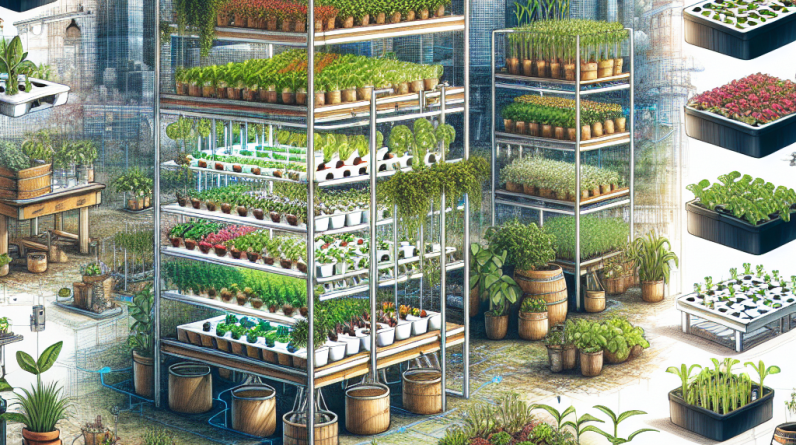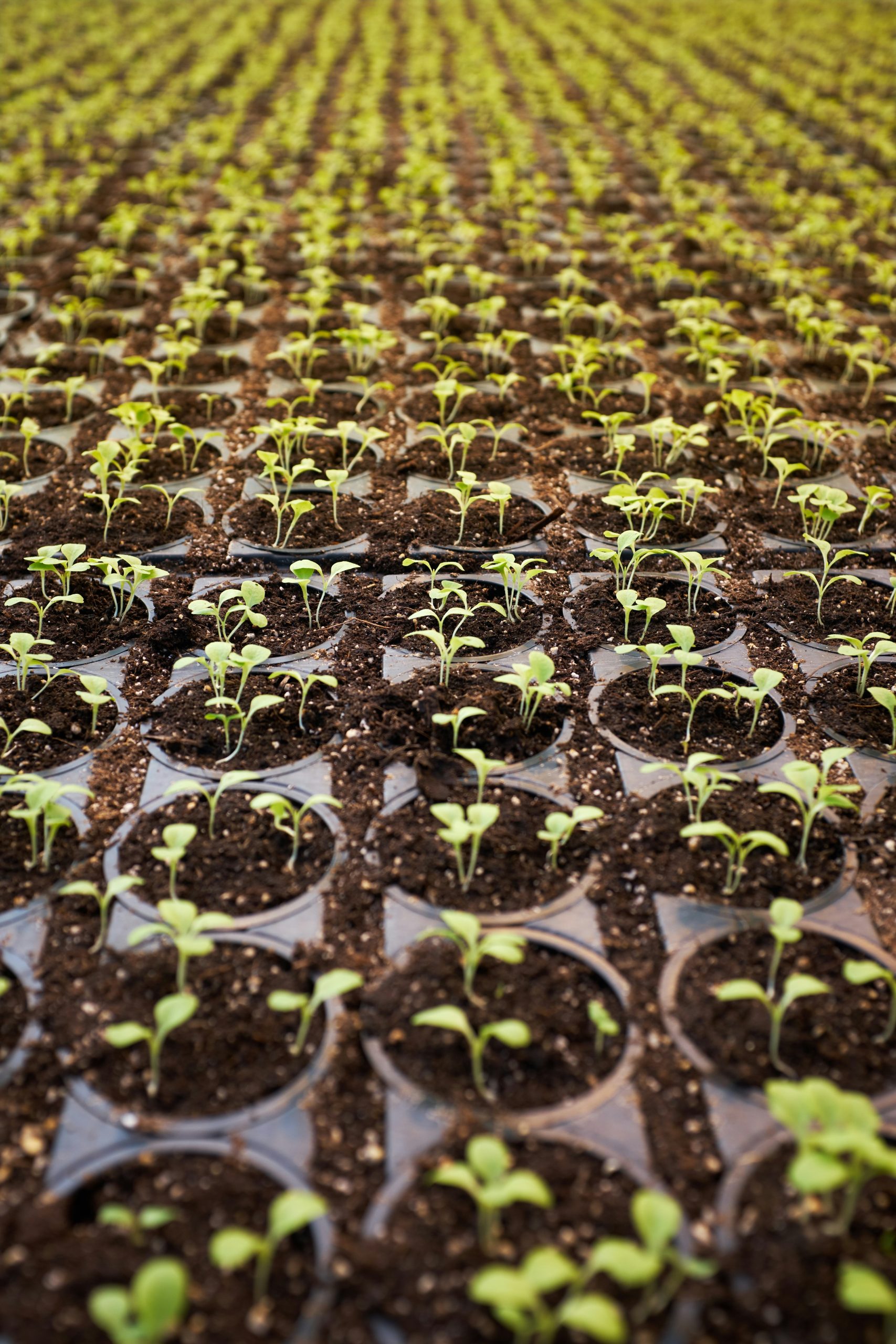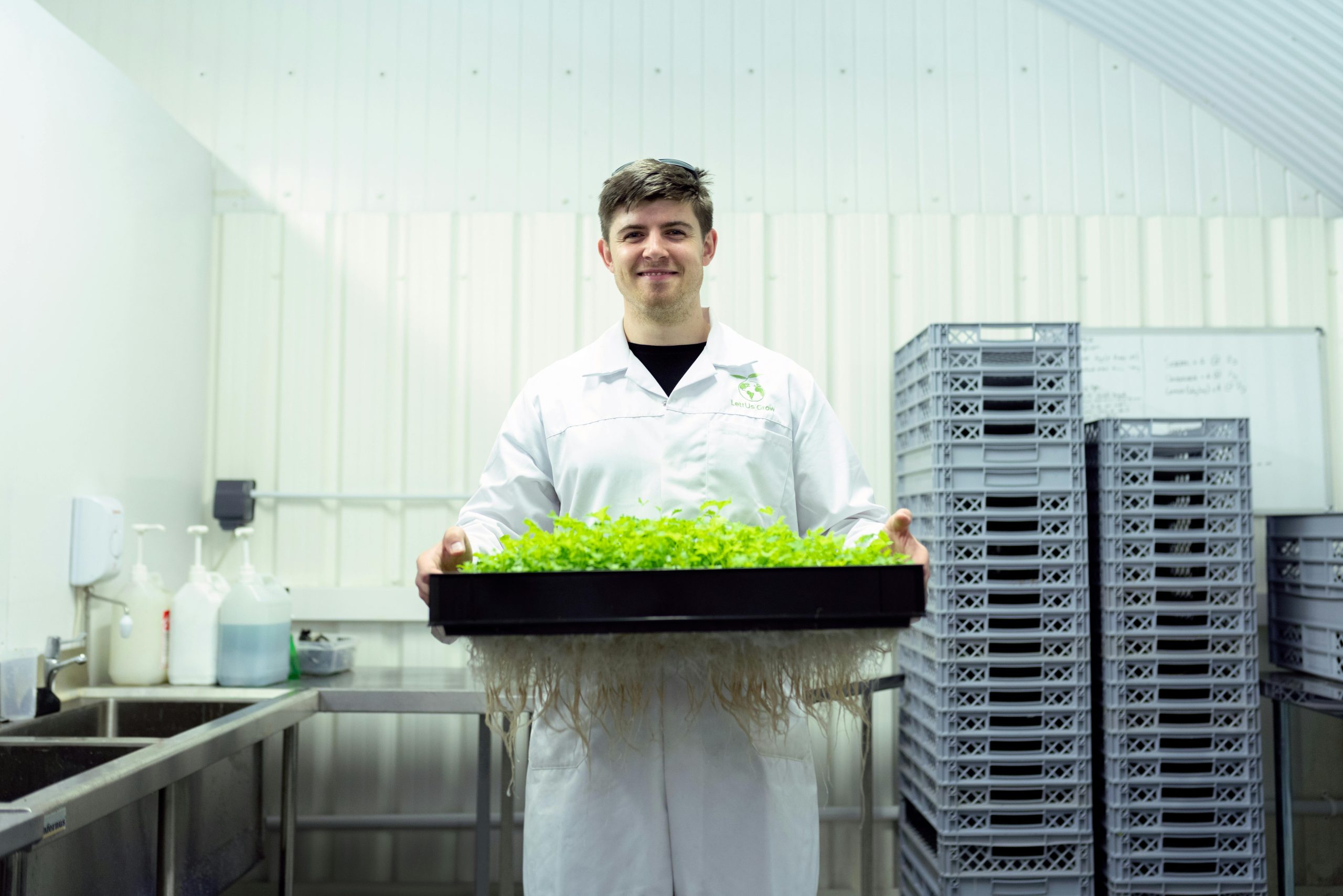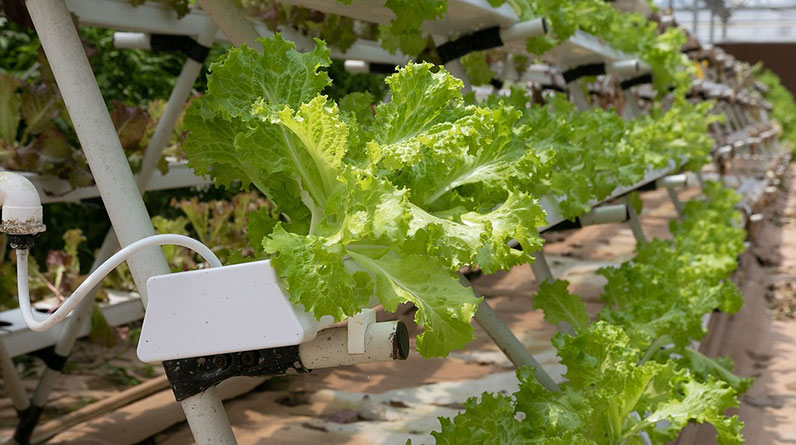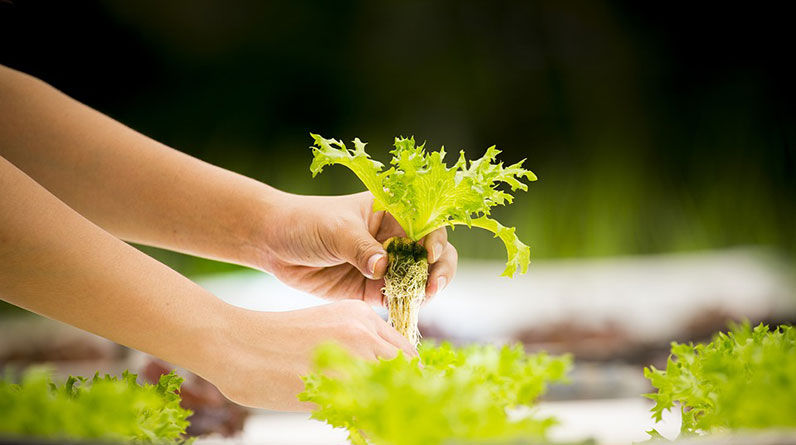1. Lettuce
Why Lettuce is Perfect for Indoor Hydroponic Gardens
When it comes to indoor hydroponic vegetables, lettuce is often the top choice for beginners and experts alike. Its rapid growth cycle, usually within 30 days, makes it an ideal candidate for small spaces and quick harvests. In 2025, lettuce continues to be one of the most popular indoor hydroponic vegetables, thanks to its adaptability and low maintenance requirements.
Growing Tips and Techniques
For successful lettuce cultivation, use nutrient-rich, pH-balanced water with a hydroponic system like NFT or deep water culture. Ensuring consistent lightâabout 12-16 hours dailyâhelps promote healthy leaf development. Regularly monitor water levels and nutrient concentration to prevent issues like bolting or nutrient deficiencies.
Real-world growers have reported harvests of fresh, crisp lettuce in as little as four weeks when maintaining optimal conditions. Incorporating LED grow lights and maintaining a temperature around 65-70°F can significantly boost growth rates in 2025.
2. Basil
Why Basil Thrives Indoors Hydroponically
Basil is a fragrant herb that flourishes in indoor hydroponic systems, often producing lush, aromatic leaves year-round. Its relatively low space requirements and quick growth cycleâabout 3-4 weeks from seedâmake it a favorite for indoor gardeners aiming for continuous harvests in 2025.
Best Cultivation Practices
Using a control hydroponic system like aeroponics or nutrient film technique (NFT) can maximize basil growth. Keep nutrient solutions balanced with nitrogen and potassium, and ensure adequate lightingâabout 14 hours daily of full-spectrum LED lights. Basil prefers temperatures between 70-80°F, which are easy to maintain indoors.
Practical tip: pinch off flower stems to prolong leaf production, ensuring your indoor hydroponic vegetables remain flavorful and abundant. Many urban gardeners are supplementing their culinary needs with fresh basil harvested weekly from their indoor setups.
3. Spinach
Why Spinach is Ideal for Indoor Hydroponics
Spinach is nutrient-dense and grows quickly, making it an excellent choice for indoor hydroponic vegetable gardens in 2025. Its tolerant nature to high humidity and adjustable light conditions allow it to flourish in a controlled environment, providing fresh greens year-round.
Growing & Maintenance Tips
Spinach prefers cooler temperaturesâaround 55-70°Fâto prevent bolting. Using deep water culture or ebb and flow systems helps ensure steady nutrient delivery. Regularly supplement with iron and nitrogen to promote lush, dark green leaves.
Growers have noted that maintaining humidity levels around 50-60% and providing 12-14 hours of light daily result in healthy, fast-growing spinach. Itâs a highly productive indoor hydroponic vegetable in 2025 with the right controls.
4. Cherry Tomatoes
Growing Cherry Tomatoes Indoors Hydroponically
Cherry tomatoes are a staple among indoor hydroponic vegetables due to their prolific fruiting and manageable size. Their ability to yield abundant, sweet, and nutritious tomatoes in limited space makes them perfect for indoor gardens in 2025.
Growth Requirements & Tips
Use systems like vertical towers or NFT setups to maximize space. Provide 14-16 hours of light daily via high-efficiency LED grow lights, and maintain temperatures around 70-75°F. Regular pruning encourages larger, better-quality fruit production.
Real-world examples show that with proper support and nutrient management, a single plant can produce dozens of ripe cherry tomatoes per season indoors.
5. Cucumbers
Why Cucumbers Are Great for Indoor Hydroponics
Cucumbers adapt surprisingly well to indoor hydroponic systems, especially compact varieties. They thrive in vertical setups and can provide a continuous harvest in 2025, making them a favorite among urban farmers seeking fresh produce.
Best Growing Techniques
Supporting the plants with trellises and providing 12-14 hours of light daily will boost cucumber yields indoors. Nutrient solutions rich in potassium and phosphorus support flowering and fruiting, while maintaining temperatures around 70°F is crucial.
Many growers have reported success with small, bush-type cucumber varieties that fit well into limited space and deliver high yields with minimal fuss.
6. Bell Peppers
Growing Bell Peppers Indoors Hydroponically
Bell peppers are colorful, nutritious vegetables that grow well indoors with the right setup. Their relatively long growth cycleâaround 70-90 daysâcan be shortened with optimal lighting and temperature control in 2025.
Care Tips & Insights
Utilize deep water culture or drip hydroponic systems for efficient nutrient uptake. Maintain temperatures between 70-80°F and provide 14-16 hours of light. Consistent feeding with calcium-rich nutrients prevents common issues like blossom-end rot.
Smart growers often incorporate supplemental COâ to boost growth rates and fruit size, making indoor hydroponic vegetables like bell peppers more bountiful and vibrant in 2025.
7. Microgreens
The Growing Popularity of Microgreens
Microgreens are tiny, highly nutritious indoor hydroponic vegetables that can be harvested within 7-14 days. Their fast turnaround and high nutrient density make them a staple for health-conscious households in 2025.
Growing & Harvesting Tips
Use shallow trays with organic seed mixes, provide 12 hours of LED light, and keep humidity high for quick sprouting. Regular watering keeps microgreens healthy and juicy.
Many indoor gardeners grow varieties like sunflower, radish, and broccoli microgreens for salads and garnishes, all thriving in small hydroponic setups.
8. Kale
Kale: A Superfood for Indoor Hydroponic Gardens
Kale’s robust nature and nutritional benefits make it a top-performing indoor hydroponic vegetable in 2025. It tolerates varying conditions and provides abundant leafy greens for salads and smoothies.
Growing Insights & Tips
Opt for nutrient solutions high in nitrogen, and ensure 14 hours of light daily. Keep temperatures around 60-70°F, and harvest leaves regularly to encourage new growth.
Indoor growers often use vertical systems to maximize space, leading to a steady harvest of kale leaves and creating a sustainable source of fresh greens.
9. Swiss Chard
Why Swiss Chard Is a Favorite
Swiss chard is a versatile, colorful, and nutritious indoor hydroponic vegetable. Its tolerance to varying parameters allows it to flourish in 2025 indoor setups, providing fresh greens for weeks.
Growing Techniques
Maintain pH levels around 6.2-6.8 and ensure consistent nutrient flow, especially magnesium and potassium. Provide 12-14 hours of light daily, and keep temperatures mildâaround 65-75°F.
Many indoor gardeners appreciate Swiss chardâs aesthetic appeal and nutritional richness, making it a beneficial addition to any hydroponic garden in 2025.
10. Herbs (Parsley & Cilantro)
Indoor Hydroponic Herbs for Fresh Flavor
Parsley and cilantro are among the easiest herbs to grow hydroponically indoors. Their quick growth cycle and minimal space requirements make them perfect for year-round harvests in 2025.
Growing & Maintenance Tips
Use a nutrient film technique system with a pH range of 6.0-7.0. Provide 12-14 hours of light daily and keep humidity around 50-60%. Regular harvest encourages new growth and prevents flowering.
Growers report fresh, flavorful herbs daily, reducing reliance on store-bought options and elevating home cooking.
Frequently Asked Questions
1. What are the best strategies for growing indoor hydroponic vegetables in 2025?
Successful indoor hydroponic gardening in 2025 involves choosing the right system (NFT, deep water culture), providing adequate lighting (full-spectrum LEDs), maintaining proper pH and nutrient levels, monitoring environmental conditions like temperature and humidity, and consistent watering.
2. How much space do I need for an indoor hydroponic vegetable garden?
Many beginner setups can fit into a small corner using vertical or stackable systems. For larger harvests, allocate at least a few square feet per plant or crop, but even compact systems can yield a significant amount of produce indoors.
3. Are indoor hydroponic vegetables less nutritious?
No, when managed properly, indoor hydroponic vegetables can be just as nutritious, if not more so, than outdoor-grown produce. Controlled environments allow for optimal nutrient delivery and minimal pesticide use.
4. Can I grow all types of vegetables hydroponically indoors?
While many vegetables thrive indoors hydroponically, some may require more space or specific conditions. The list in this guide highlights some of the most effective and easiest to grow in 2025.
5. Why are indoor hydroponic vegetables gaining popularity in 2025?
Indoor hydroponic vegetables are gaining popularity due to their efficiency, year-round production capabilities, reduced pest and disease issues, and their role in sustainable urban farming practices in 2025.
Conclusion
Growing indoor hydroponic vegetables in 2025 offers an excellent way to enjoy fresh, homegrown produce regardless of outdoor conditions. From nutrient-dense greens like kale and spinach to flavorful herbs and juicy cherry tomatoes, the possibilities are vast and exciting. With the right setup, consistent care, and a bit of patience, anyone can transform their indoor space into a thriving vegetable garden. Embrace these top 10 indoor hydroponic vegetables to make 2025 a year of healthy, sustainable growth!


